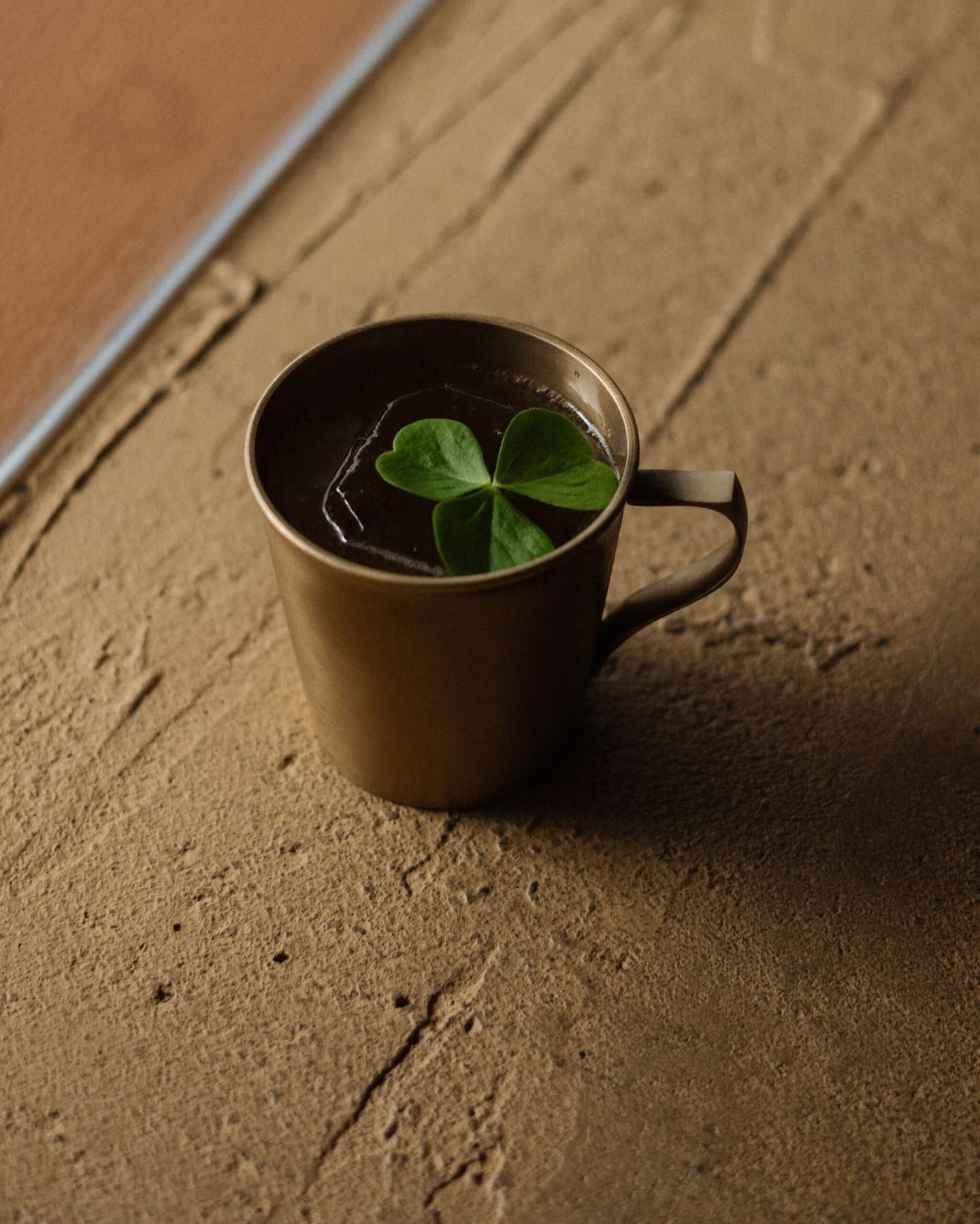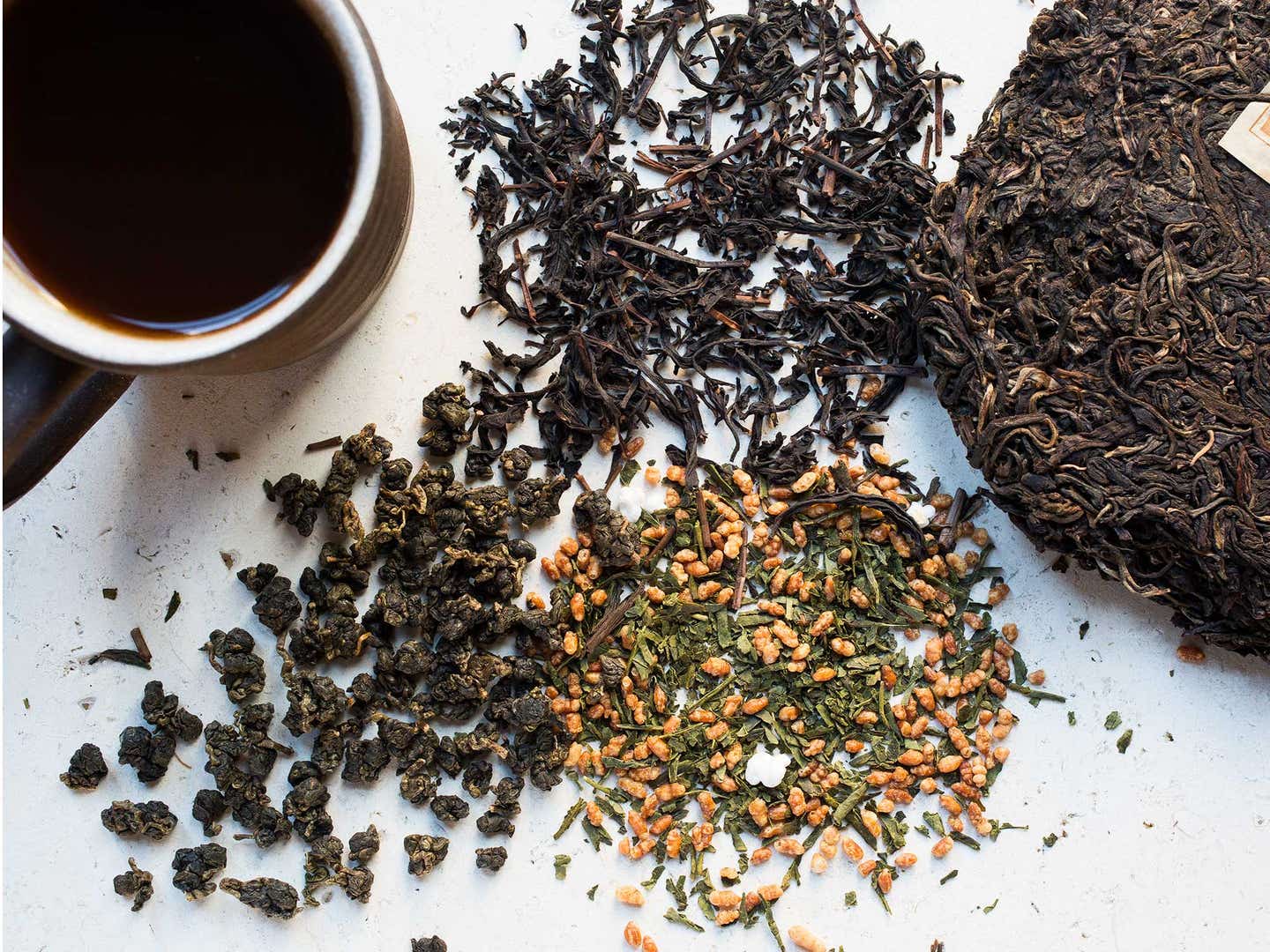
The Teas to Make You Forget All About Coffee
There’s nothing precious about these full-bodied brews
If you've found yourself drinking more tea and less coffee lately, you're not alone; more people—including a number of coffee professionals—are talking and learning about high-end teas than ever before. I mean straight loose-leaf tea, unencumbered by paper bags or potpourri fodder, tea so well-made and grin-inducingly delicious that it doesn’t need a drop of milk or sugar (but no punishment if you swing that way).
After all, this is a beverage thousands of years in the making, with a global culture and history matched only by wine. And if you thought coffee could get complex, tea is an order of magnitude more so, with greater variety, flavors, aromas, and characters than anything you'll get from a bean. It doesn't hurt that tea's injection of caffeine is so much gentler on the body, or that there's a whole term, tea drunk, to describe the giddy sense of well being that can come with drinking a quality cup.
Yet even with all these advances, tea in the West remains slandered with an unfair rep as all jasmine blossoms and unicorn tears, better for doily-festooned tea parties than the oomph of morning coffee. Here is a guide that says otherwise. Whether you swoon for the fruity sweetness of a hip craft coffee or the sludgy tar of soul-saving diner brew, there’s a tea for you. The problem is actually an embarrassment of riches: Where do you even start?
The best way to learn about good tea is to drink it, as much as possible from as many sources as you can, but consider these recommendations a beginning. A few things to keep in mind, though, before you start shopping:
Buy loose: Loose-leaf teas are by and large higher quality than their tea bag counterparts. Larger leaves, when given room to breathe in a cup or pot, deliver more balanced flavor and body.
Be prepared to pay: Like all specialty foods, quality comes at a cost, and while everything from growing regions and labor conditions to processing and market demand affects tea pricing, in seemingly uneven ways at times, all the following teas cost more than the bags at the grocery store. Do the math per serving, though, and you'll quickly realize that even great tea is pretty cheap: A tea that's, say, $200 a pound translates into 45 10-gram servings, and quality tea can and should be re-steeped many times. That works out to a couple of bucks per cup, certainly less than the cost of your daily latte. (Not willing to pay that much upfront? Most vendors offer small sample sizes so you can try all kinds of tea.)
Don't stress on the brewing: Beginning tea drinkers often stress over whether they're making it the "right" way, to the point where it stops them from making it at all. But truly good tea will reward many styles of brewing, each with its own advantages, so get drinking first, then dial in the details. You can brew many of these teas right in your mug—cover them with hot water and the leaves will sink to the bottom after a couple minutes. For something a hair more advanced, here are some tea-making tools, from filters to teapots, to get you started.
Roasted (and Roasty) Green Tea
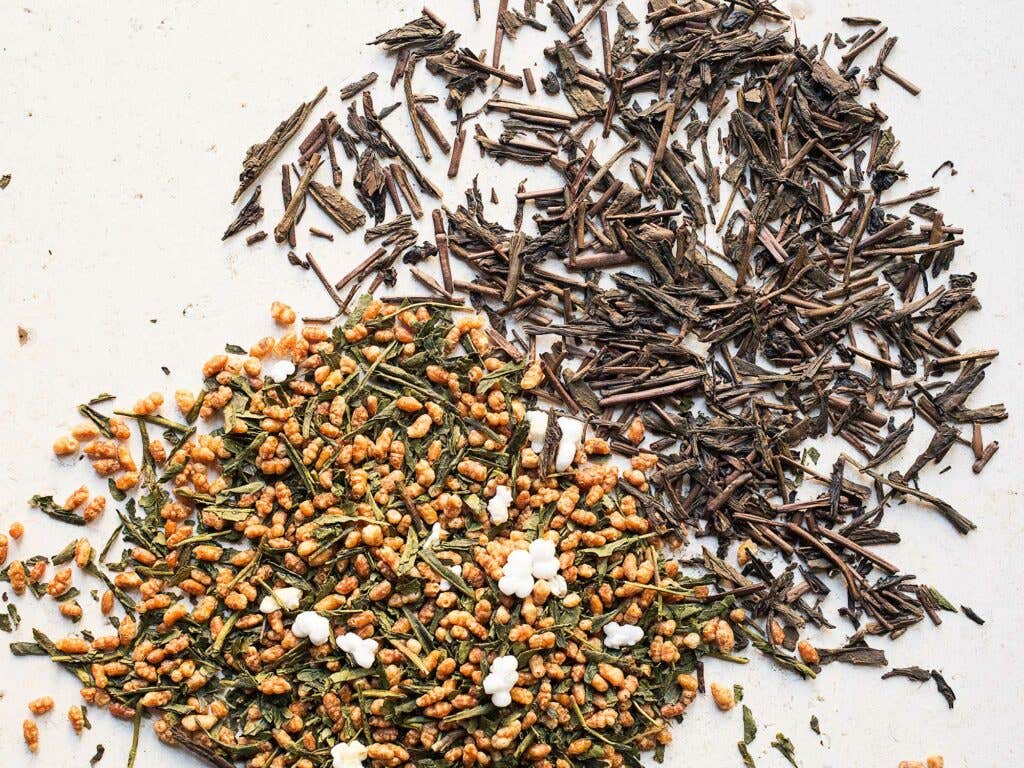
The best green tea evokes snappy spring mornings and crisp, green vegetables—delicate and delicious, but pretty far from a cup of coffee. In Japan, though, lower-grade tea that's less enthusiastic about its springtime directive is often roasted into a hearty product called hojicha. Light-bodied but toasty and warm, it's an inexpensive and very swiggable tea that's mellow like a well-balanced cup of coffee, minus the acidity. Also seek out genmaicha, another low-cost Japanese green that isn't roasted, per se, but bulked up with popped sorghum kernels for another easy-drinking brew with a roasty kick.
Try These
- Hojicha (Ippodo): Mellow and light-bodied with a nice caramelized edge.
- Genmaicha (Ippodo): You can get genmaicha at most Japanese groceries, but if you can't find it in person, Ippodo's is plenty reliable.
Better Black Tea
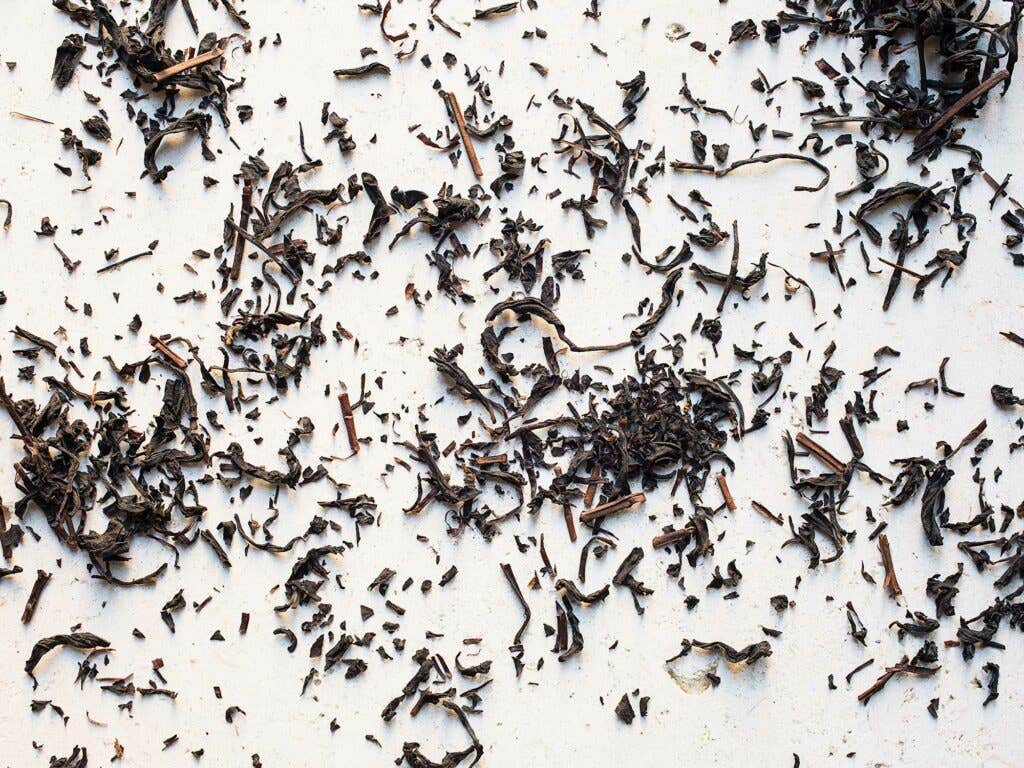
There’s more to black tea than an English Breakfast tea bag; a really good black tea should have sweetness, body, and structured astringency just like any cup of coffee. Different regions produce different styles that emphasize those qualities to varying degrees. In the hill country of India and Nepal, Himalayan plantations make teas that layer jammy fruit and cocoa but also clean, crisp qualities like a deep breath of forest air. Over in Sri Lanka, quality Ceylon teas can evoke citrus and nuts, and the best kinds showcase a lively balance of sweetness, body, and mouth-puckering astringency. For less astringency and more palate-coating sweetness, consider high mountain black teas from Taiwan, which when done right are rounded and bold enough to linger in your throat for a while.
Try These
- Nepal Mist Valley (Simpson & Vail): A friendly yet complex tea with that signature Himalayan misty-mountain airiness, with touches of cocoa, spice, and toasted grains.
- Ceylon Pettiagalla Estate (Simpson & Vail): A balanced tea in the Sri Lankan style, with some tongue-tingling astringency to cut a bright sweetness tinged with orange zest.
- High Mountain Black (T Shop): Full-bodied with almost zero astringency. Cherry and malt flavors drag you toward a deep, throat-coating sweetness that lasts long after you finish your cup.
Roasted Oolong
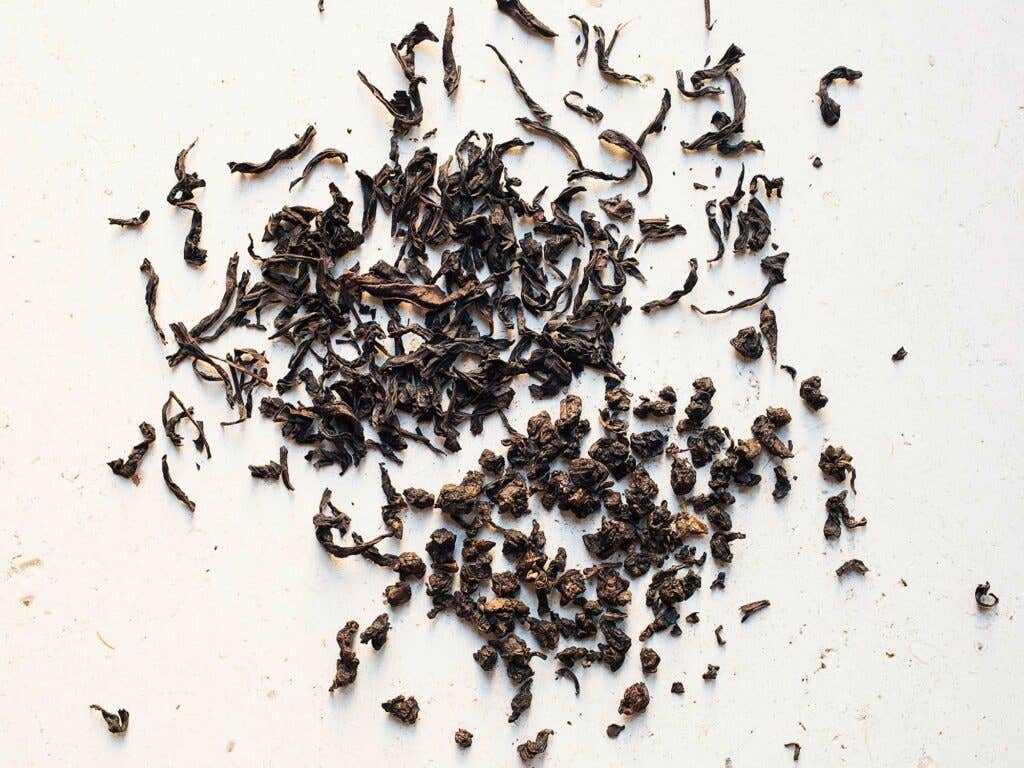
Oolong teas are partially oxidized, between unoxidized greens and fully oxidized blacks, and many are traditionally roasted to coax greater flavor, body, and aroma from the leaves. These roasted teas evoke many of coffee’s great qualities: richness and a strong, heavy base that lingers in the mouth but still lets lighter fruit, spice, and floral elements shine. But unlike coffee, these oolongs can be steeped multiple times—five to a dozen or more—and each steeping will showcase a different aspect of the teas’ characters. Oolongs’ dynamism and sheer variety make them some of the most rewarding teas to brew and drink, and these roasted ones are very coffee-friendly.
Try These
- Dong Ding (Eco-Cha): Moderately oxidized and roasted, this sturdy tea is nutty and a little tangy. You taste the roast right away but also a strong, structured underlying base that balances savory and sweet, fresh autumn vegetables and fermented malt.
- Original Tieguanyin (Fang Gourmet): At first you only get a strong roast, but soon a dark honey aroma pulls you in along with fresh orchids and, eventually, a deep sweetness. It's a mouthwatering tea with an almost electric intensity that mellows out to something especially comfortable on later steepings.
- Old Bush Shui Xian (White2Tea): A more heavily roasted tea that can brew dark and powerful, but beneath that roast you get great floral and toasted grain aromas, a rich chocolatey body, and a long finish full of the signature mineral-sweet aftertaste that Wuyi mountain teas are known for. Brew with lots of leaves for a series of short steepings to get the full oomph.
Puerh
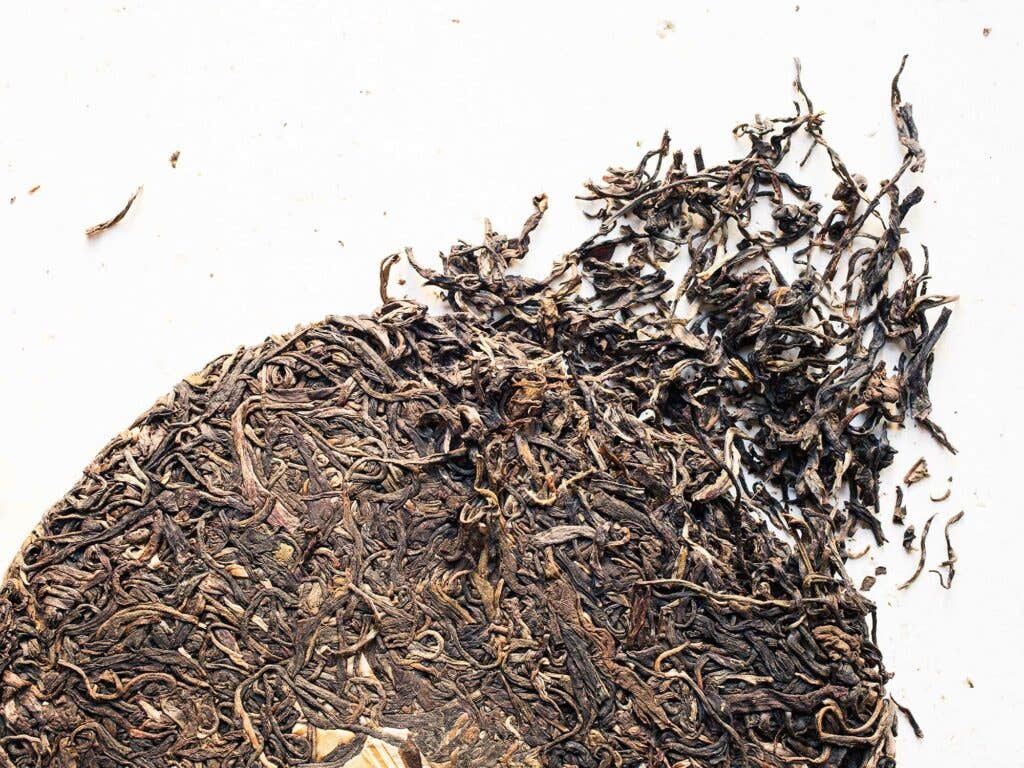
A unique tea that’s often misunderstood in the West, puerh’s most notable distinction is that it’s fermented by friendly microbes that allow the tea's character to evolve over time. Puerh’s earthy depth and strong body make it a perfect candidate for a coffee replacement—if you get the right leaves. For something coffee-like, pick a tea that’s been aged at least a couple years so the leaves’ freshness can start transitioning toward something darker; more aged puerhs generally brew a dark brown or reddish. Also worth considering is “ripe” or “cooked” puerh, which has seen its fermentation artificially accelerated by heat and humidity. Cooked puerh can brew as thick and dark as any espresso or diner coffee, and is priced far more gently than quality “raw” styles, but at the cost of complexity and nuance.
Try These
- 2008 Bulang (Crimson Lotus): An inexpensive cooked-style puerh that brews inky-black and lasts at least a dozen steepings. It's earthy and savory but also quite sweet, powerful enough to make you perk up at first but very easy-drinking.
- 2013 Early Spring Zhangjia (Tea Classico): Another inexpensive introductory puerh, a raw style that's still a little feisty. Its astringency and twangy acidity recall a light-roast coffee, but with a more satisfying aftertaste that tickles your gums with alternating touches of sweetness, savoriness, and a gentle bitterness.
- 2008 Moonlight White (T Shop): A little more age gives this raw puerh a darker character, and it's less savory and earthy than other styles. A malted grainy sweetness and subtle hay aroma make this unassuming but great tea a friendly introduction to puerh.
Keep Reading
Continue to Next Story









